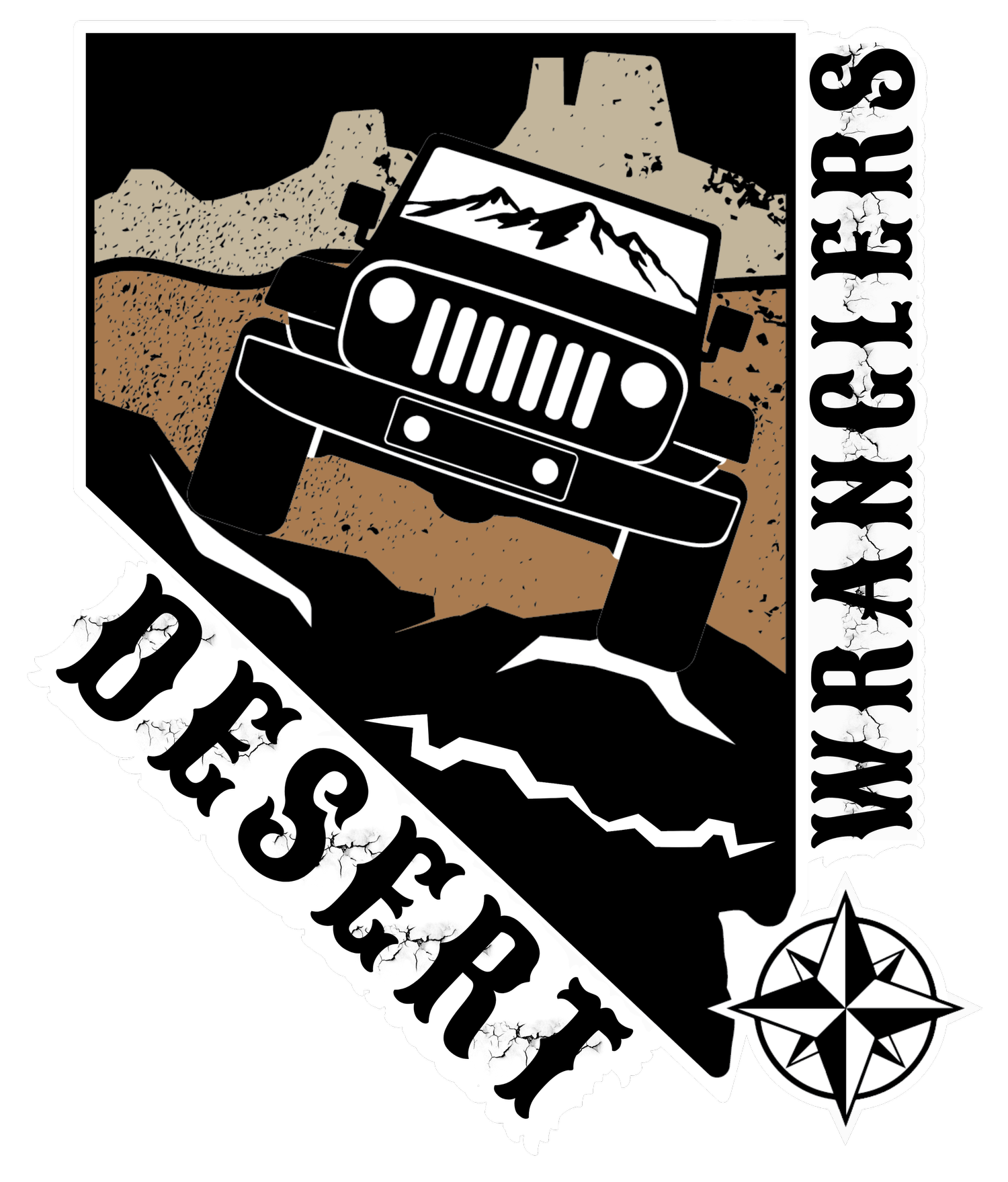The Difference Between 2H, 4H, and 4L in a Four-Wheel Drive Jeep
If you are headed for some intense off-roading, four-wheel drive (4WD) is the ticket. With this system, power is divided between front and rear axles so that maximum torque is going to each wheel. Because power is split evenly, all the wheels will turn at the same speed. Four-wheel drive vehicles generally have three settings: 2H, 4H, and 4L.
In 2H (two-wheel drive, high range) two wheels, usually the rear, are driving your vehicle. You use 2H for normal road driving.
2H is ideal for normal, everyday driving. Use 2H for dry, flat, paved roads.
In 4H (four-wheel drive, high range) all four wheels are driving your vehicle. You use 4H for surfaces on which you may need greater traction than you would for bitumen; think firm sand, dirt roads, gravel tracks and the like.
4H is your go-to setting for driving at normal speeds (30 to 50 MPH), but with added traction. Use this setting when driving on hard-packed sand, ice- or snow-covered roads, and dirt roads.
In 4L (four-wheel drive, low range), all four wheels are driving your vehicle and a low gear ratio is being used. Your vehicle's wheels will turn much more slowly than they would in high range, so slower speeds and more torque are the go. You use 4L for soft sand, sand dunes, steep hills and declines, deep mud or snow, and slow-going rock-crawling.
4L is best suited for a time when you need maximum traction and power. Use 4L when driving in deep mud or snow, soft sand, up steep inclines, and on extremely rocky surfaces. Stick to low speeds in this setting, around 10 MPH.
Four-wheel drive is not the best system for a driver who spends most of their time on dry, paved roads, but it is excellent for those who travel on snowy, rocky, and torn up surfaces on a regular basis. If you enjoy off-roading or live in an area with challenging weather conditions, four-wheel drive could be your best bet, especially if you are an experienced driver who likes to maximize your vehicle's performance.
Here is a video by Tim Bates 4wd Adventures that helps explain some differences between all-terrain and mud-terrain.
4 High Vs 4 Low Explained - (How To Use Both Gear Ratios)
Here is a video by Ronny Dahl that covers beginner tips for getting to know your 4x4.
Know Your 4X4, Beginners Tips
by: Ronny Dahl
Here is a video by Mopar explaining how to operate Four Wheel Drive in the 2021 Wrangler / Gladiator.
Four Wheel Drive Operation - Four Position | How To | 2021 Jeep Wrangler/Gladiator
by: Mopar
Desert Wranglers is not affiliated with or is sponsored by Ronny Dahl, Tim Bates 4WD Adventures, OR MOPAR. These videos are intended as information sources only.
